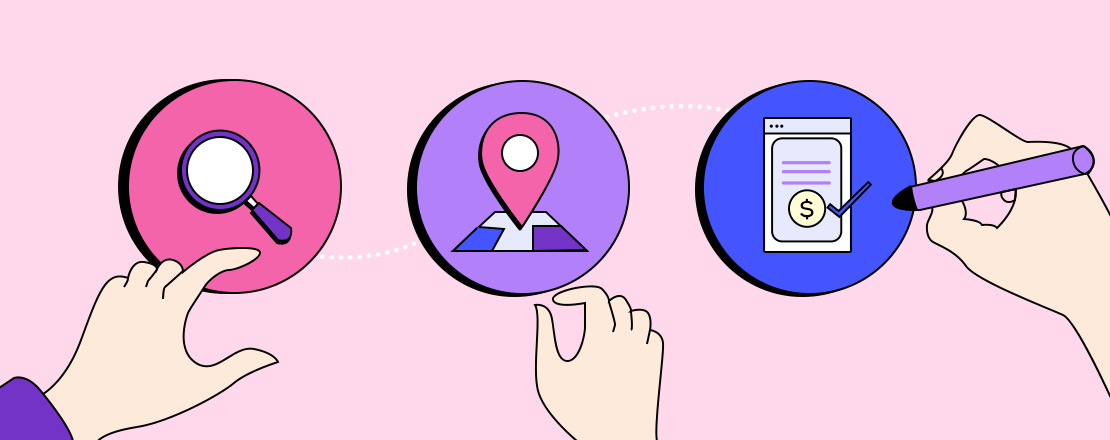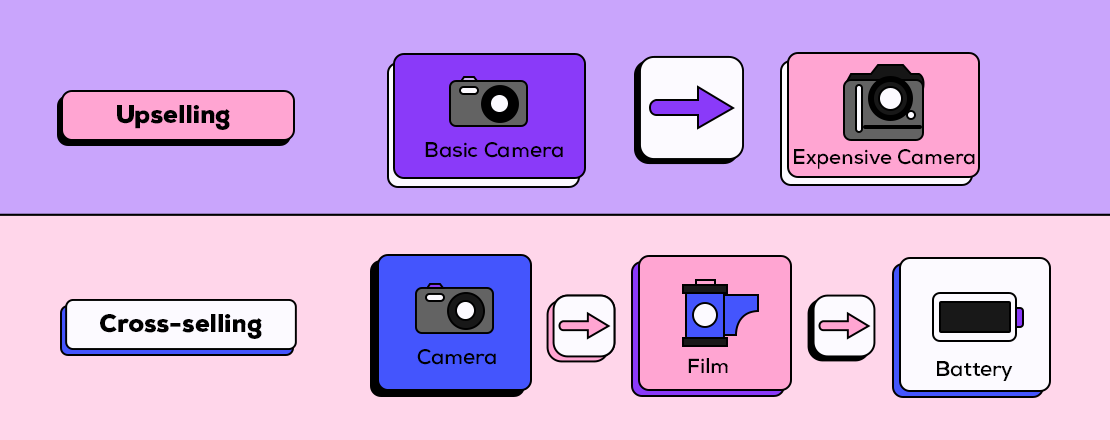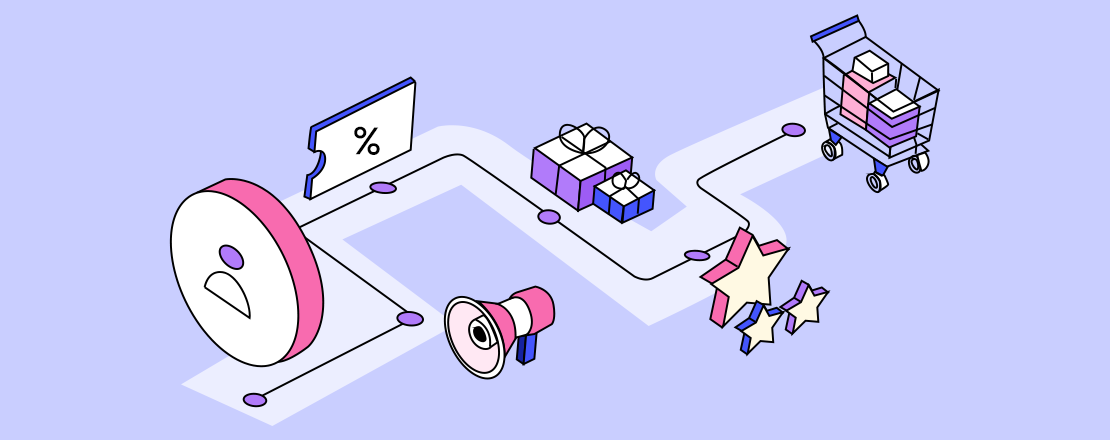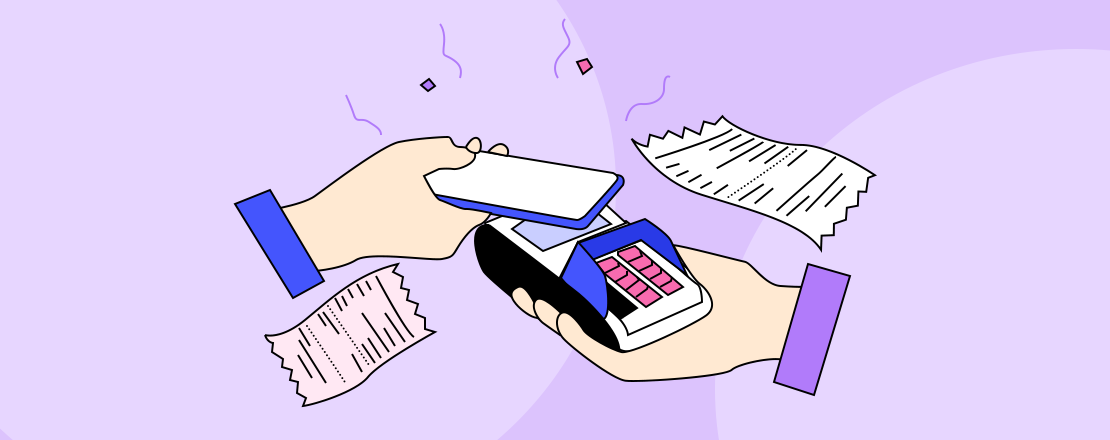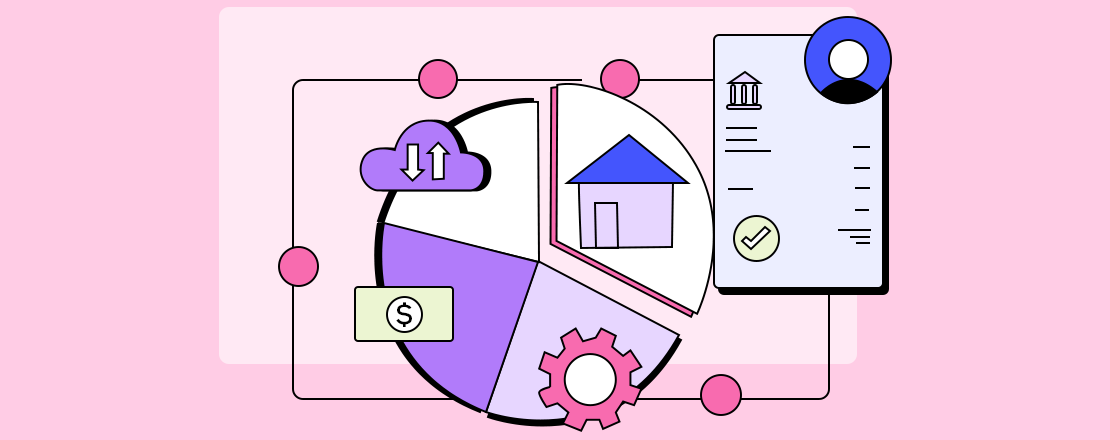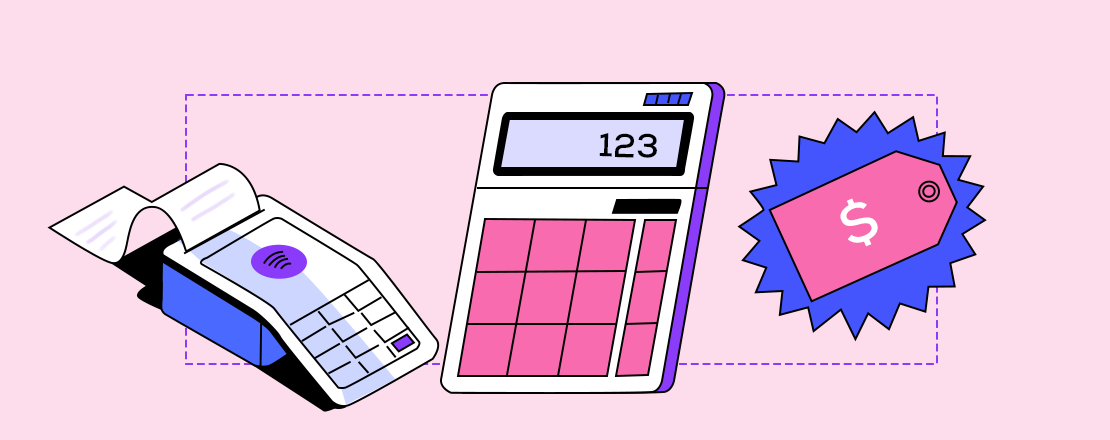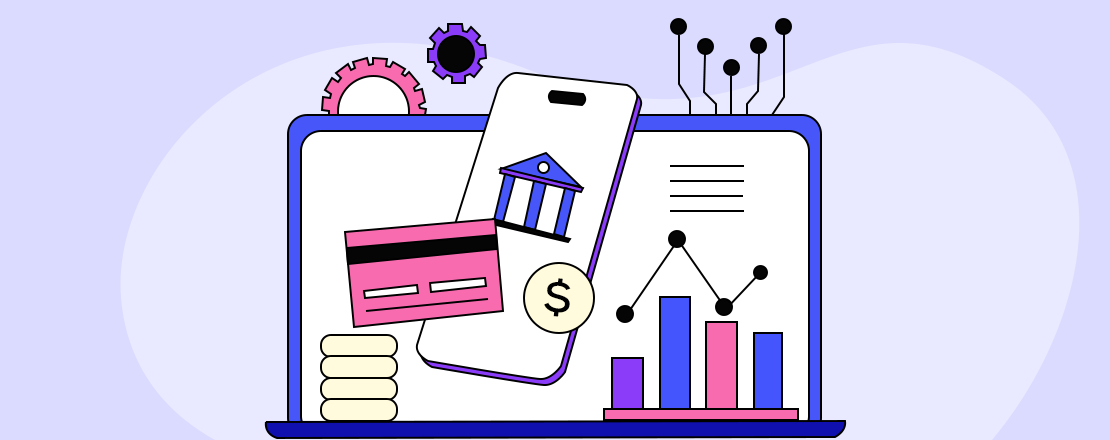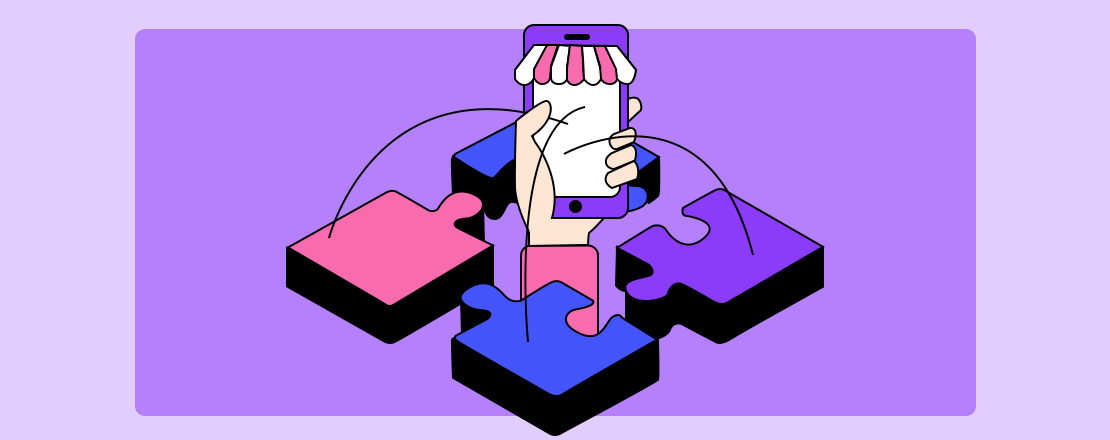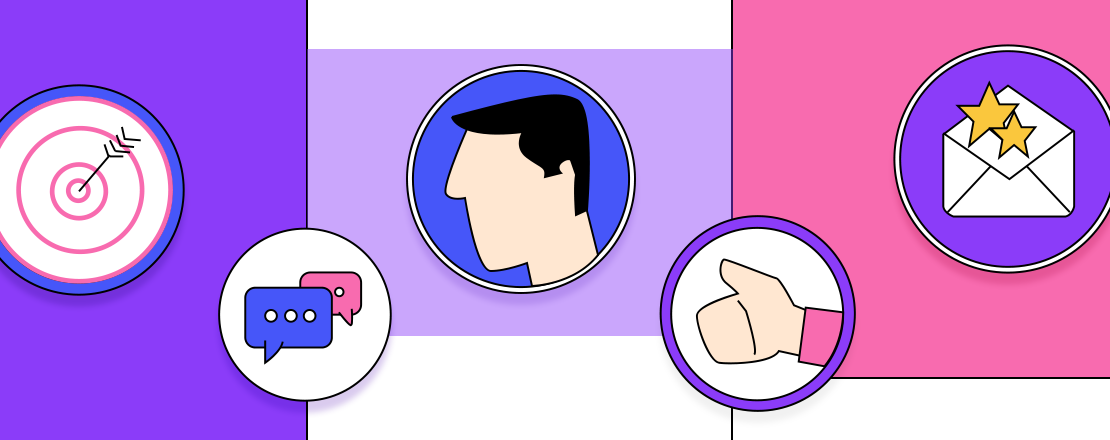In a world where online shopping is booming, point-of-sale financing options—such as lending and buy now, pay later (BNPL) plans—provide consumers the instant gratification they crave while allowing them flexible payment solutions. However, with so many payment choices, it can be difficult to figure out which is the best fit. Let’s take a closer look at POS lending vs. BNPL plans to better understand their advantages and disadvantages.
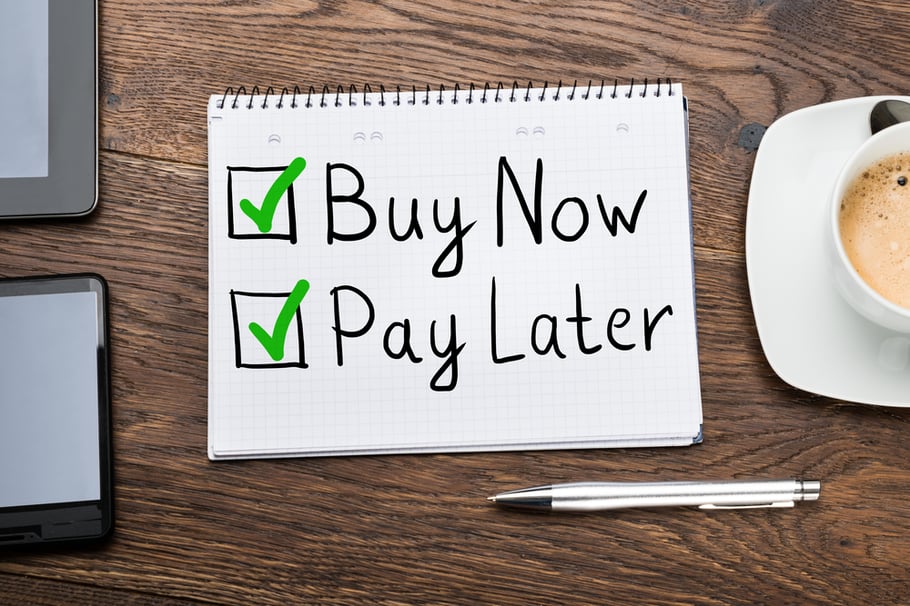
What is POS Lending?
Point of sale (POS) lending is a convenient lending option that allows consumers to make purchases with incremental payments over time. POS lending may be offered by traditional banks, credit unions, or online lenders.
Consumers typically opt for POS lending options when they are purchasing big-ticket items such as furniture, vehicles, home renovation projects, and travel expenses. Payments and interest rates may vary based on the loan amount offered to an approved shopper. Consumers may want to choose a POS lending option if:
- They can afford to make the payments required.
- They have a fair to high credit score.
- They can be approved for low-interest rates.
POS lending can provide the cash needed for larger purchases in a convenient and simple way, however, there are drawbacks to this option. POS lending may require:
- Consumers submit their social security number (SSN)
- A credit check
- Payment to be spread out over a long period of time-based on the loan amount
- An interest rate implemented at the time of agreement
- High monthly payments
POS lending can be an attractive option for large purchases; however, consumers who are buying smaller items may want to consider a BNPL plan.
What Is BNPL?
Simply put, buy now, pay later (BNPL) options offer consumers the ability to purchase an item and pay the amount due over a period of time. BNPL is an attractive option for those who do not have the financial means for a purchase but can afford to make payments in increments over a short period of time.
So, how does BNPL work?
In theory, BNPL means you walk away with a product while agreeing to make payments later. This may require a credit check; however, most businesses will not require one or will do a “soft inquiry” that will not affect your credit score. BNPL will also typically offer 0% interest during the qualifying payment period, often spread out over four equal payments. This can differ depending on the product and the price tag of the item. While some companies offer zero to no interest and four monthly payments, others may offer interest up to thirty percent and payments over twelve months. Should a shopper be unable to afford the agreed-upon payments, the results can be detrimental to their credit score. Some providers may ask for a settlement fee or a lump sum of interest.
Now that you have a better understanding of what POS lending and BNPL plans include, let’s explore the pros and cons of each option.
POS Lending vs. BNPL
The differences between POS lending vs. BNPL are subtle and outlined in the tables below.
POS Lending
|
Pros |
Cons |
|
May be approved for a high dollar amount. |
Repayment can last years. |
|
Readily available upon approval. |
Credit check required. |
|
Approval is possible without established credit or a low credit score. |
High-interest rates. |
|
Ability to purchase big-ticket items. |
Large monthly payments. |
BNPL
|
Pros |
Cons |
|
May be approved quickly and on the spot. |
25% down payment may be required. |
|
Instant take home. |
Payments can last 4-12 months. |
|
Easy approval without a credit check. |
A soft inquiry may be required. |
|
0% interest. |
Must make payments on time. |
When considering POS lending vs. BNPL, both financing options provide consumers the ability to expand their financial means and take-home products. It is worth noting that BNPL has become more popular among millennials, while POS lending balances have decreased exponentially despite financial hardships from the COVID-19 pandemic. While POS lending is a fairly undesirable option for younger consumers, older people with mortgages or those buying more expensive items may still choose a POS lending option.
So, how do you offer these flexible financing options to consumers without spending hours integrating complex software into your website? Skeps provides a solution: a point of sale financing platform.
Skeps: A Next-Gen Point of Sale Financing Platform
Skeps is a platform that enables merchants to implement multiple loan options from various lenders at the point of sale, leading to reduced cart abandonment rates and increased sales.
The Skeps financing platform provides a dashboard where merchants can:
- Manage financing offers
- View funnel metrics
- Change available offers
The Skeps platform facilitates the offering of POS lending and BNPL options to your consumers so you can focus on what you do best—providing quality products that consumers will be clamoring for. Let the Skeps team do the heavy lifting for you—reach out today.
Our next-gen point of sale financing platform uses blockchain technology to provide a frictionless financing experience. Still unsure about POS lending vs. BNPL? To learn more, request a demo, email us at support@skeps.com.






